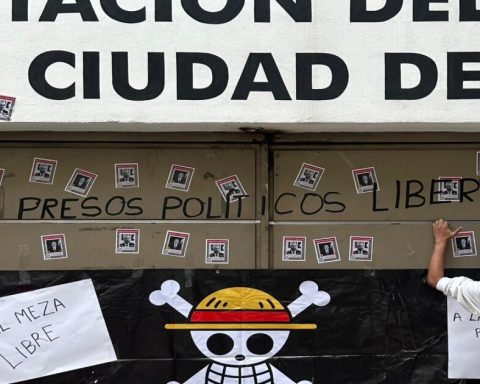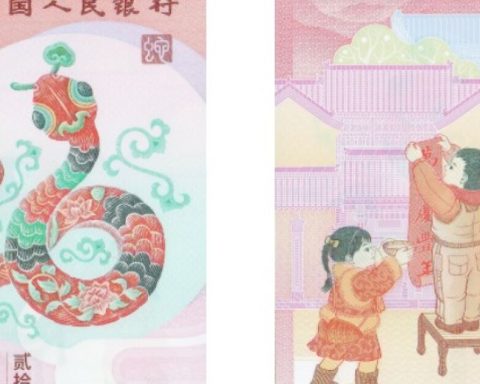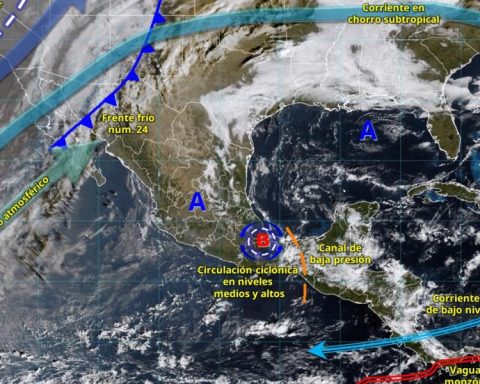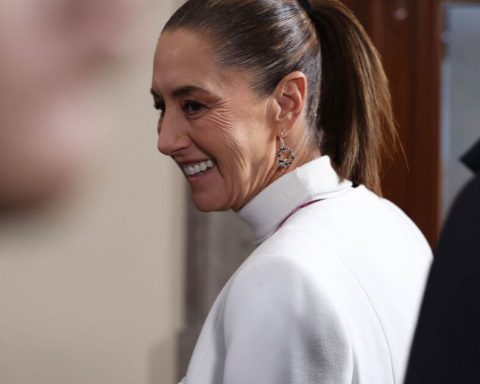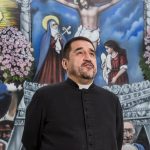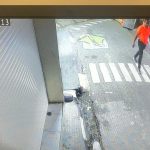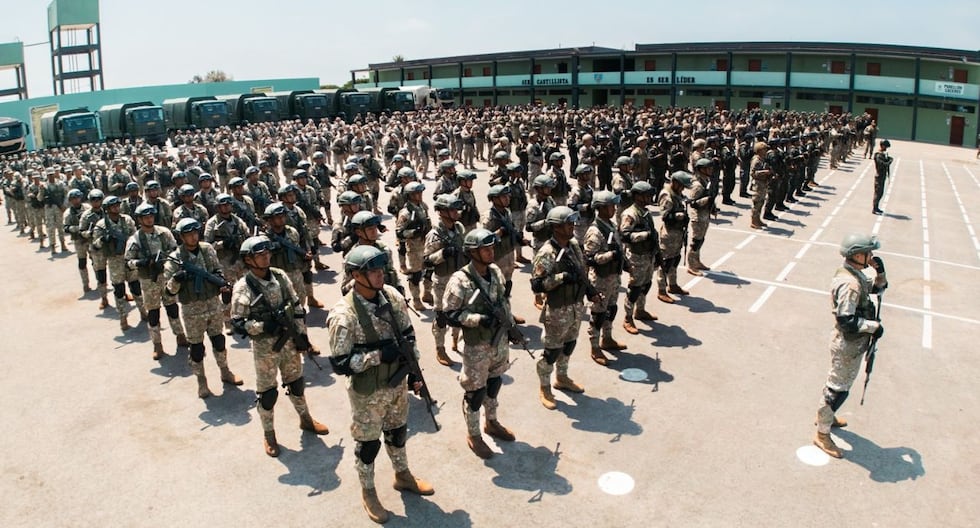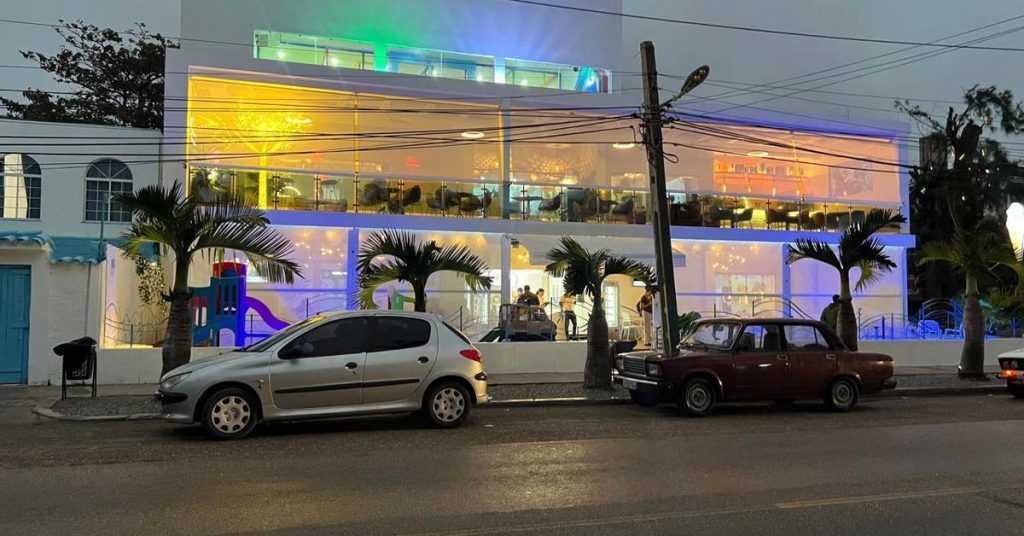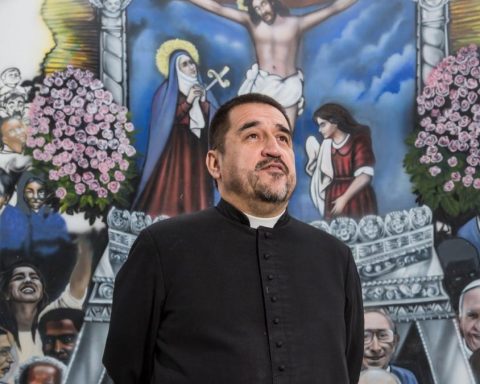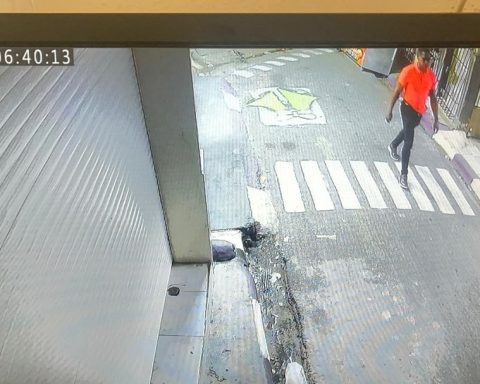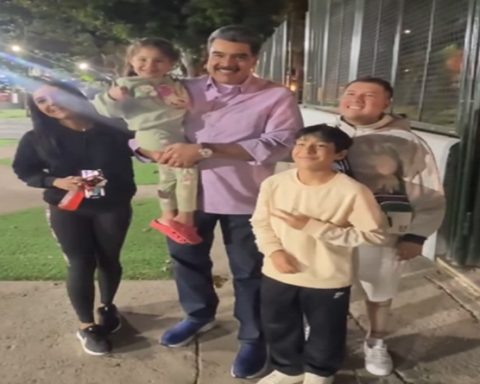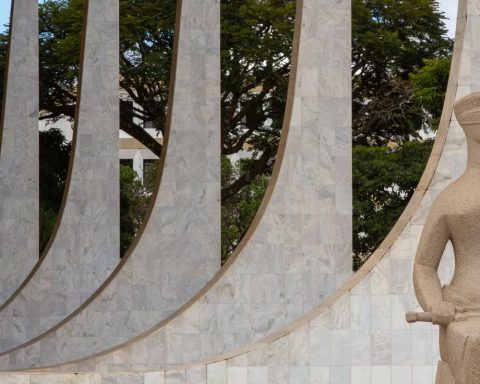H
Oh a trend generalized the left and of his memory. One way, I think, illusory to really recognize the various processes of the historical panorama of the left. There is no left, there are several and correspond to different projects. This is a look that does not include, but hegemonizes, typical of those who feel heirs of the autonombrade left of the historical avant -garde
: The Communist Party as Rector Experience. When they start talking about the left, they only refer to the wake of that game. As for memory, the same thing happens, there is no memory, but as many as there is left and there were. This complicates the analysis, especially if we refer only to the theoretical approaches, without looking at them to the magnifying glass of a real practice. Memory is not the real past, it is what one lived and to some extent chooses to value it, give it a meaning today. Nor is it in lifting an unpolluted monument or a devastating criticism. Another thing is to pretend historical memory.
If we wanted to advance in the complex way to recover memories to draw conclusions and not repeat practices and exalt theories without much sense, we would have to accept that there were and there are criticism of well -known practices very repeated and sustained to this day. There is much talk about democracy as a solid inheritance of the left, especially of that historical avant -garde, from where they say that approach of unity and electoral struggle was born. It is reiterated in books and articles.
My memory on this subject includes the experiences I lived. First in 68, like so many others that we threw ourselves into the streets with flyers, that we climb the trucks to take a roll and that from miracle we left alive from Tlatelolco. I share the opinion of Raúl Álvarez Garín who always said that to a large majority he ventured to the militancy, for very different paths. I entered the Spartacus Communist League in its latest version, I was no longer revolted and there was a great internal debate. Then, for certain adventures, I went to Chile, where I lived the raw division of the parties and their government practices, in the face of a growing popular power that germinated in the neighborhoods and factories. When the coup d’etat occurred, many went to Cuba, a torrential and deep revolution in progress.
My first contact with the unit project was on the return to Mexico in the 80s. I entered the Unified Socialist Party of Mexico (PSUM). Among all the currents, the Mexican people party (PPM) seemed to me the most entrenched in the town and with an important job even in electoral. Alejandro Gascón had won the elections in Nayarit and his triumph was canceled by violence and PRI-PPS agreement. In the magazine For this We had made reports on the triumph of the working coalition, peasant, isthmus student (Cocei) in Oaxaca. Gascón was indisputably a leader who turned on the masses with his voice and presence. Martínez Verdugo was quite the opposite, a taciturn but skilled bureaucrat, the head of the devices. The nomination of the candidacies marked the deepening of the internal struggle for the control of the party. We knew that the Mexican Communist Party (PCM) went through an internal confrontation between the Dinosaurs
And the “renovators”, this could have defined certain alliances, but in the end, most folded to the dominant shirt. Although the PCM was apparently diluted, a set of practices that surprised us began: the APARATCHIKI
They deployed assemblies control, affiliation control, resource control.
Control of all these aspects is key to mastering congresses. The sordid battles are given in the archives, several characters, I remember Unzueta and Posadas, they were there night and day; A pharragosa task that the PPM headed César Navarro and Valero. Affiliations appeared and disappeared according to the side. On the other hand, hegemonic control rested, as in many PCs, in disqualification: they were the unique and true owners of the Marxist essence; We were only the Green wave
derogatory expression towards the peasant movement, qualified as lift fingers that did not even know how to think and speak. Many times we remind you of the verdict of Revueltas, ours Headless proletariat
It was his truth.
The struggle for democracy was increasingly reduced to hegemonic predominance. An unforgettable fact, Jardón himself recognized and scored in his book Itaca: The construction of parallel committees centrally financed in the states where the PPM predominated in Nayarit the first, in Guadalajara, in Sinaloa, Sonora, Baja California, etc. To bring money to Nayarit for that purpose. It is a valuable testimony of a former PCM member. In 1986 we left the PSUM. The PRD, direct heir to the PSUM, starred in the same practices and so ended. Democratic discourse continues to repeat itself in these practices.
* UPN researcher. Author of The INEE
